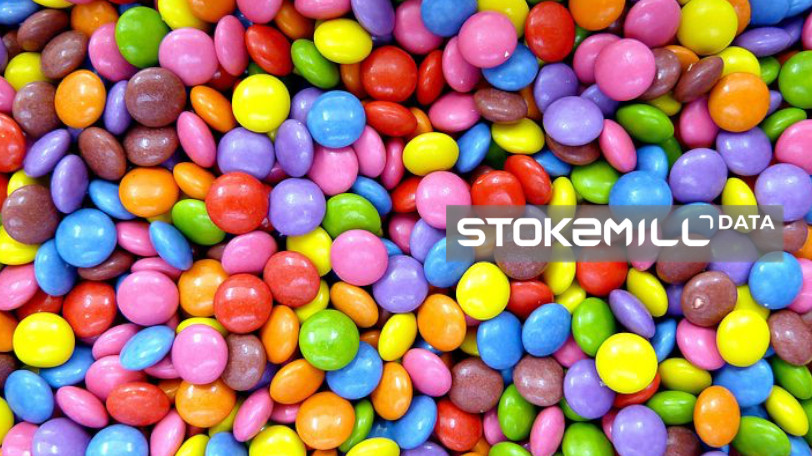Food & drink processing
Food & drink processing
On a global level the food and drink industry is as critically important to society as a whole as it is large, dynamic and enterprising. It is also highly regulated, fragmented, and prone to supply shocks such as war, weather changes, energy prices or pests. The World Bank dedicates an important part of its varied work to fostering food security, and the Food and Agriculture Organisation of the United Nations focuses on it. The sector is a major employer, plays a key role in international trade relations and is highly fragmented. According to the EU Commission, the food and drink industry is the EU's biggest manufacturing sector in terms of jobs and value added. It’s also an important component of its trade with non-EU countries. The EU boasts an important trade surplus in food and EU food specialities are well known abroad. EU food and drink exports have doubled in a decade to 2021, reaching over EUR 90 billion and contributing to a positive trade balance of almost EUR 30 billion. The EU food and drink industry employs 4.5 million people, generates a turnover of EUR 1.1 trillion and EUR 222 billion in value added, making it one of the largest manufacturing industries in the EU. A little over one fifth of household consumption in 2021 was spent on food and drinks. Small and medium sized companies made up just over 40% of the total food and drink turnover and employed close to 60% of the sector’s employees. In the UK the food and drinks industry is the biggest manufacturing sector in the country, with a combined turnover of GBP 105 billion, or about 20% of total UK manufacturing’s sales and employs 430,000 people. The U.S. food and beverage manufacturing sector employed 1.7 million people across 36,000 processing plants owned by 31,000 companies in 2019. The largest U.S. food and drinks sectors is meat processing, followed by dairy, beverages, grains and oilseeds, fruits and vegetables and bakery and tortilla products. Spending on food accounted for nearly 12% of U.S. household expenditure in 2020. Asia and Southeast Asia has an enormous and fast-growing food and drinks market.
Covid-19 has predictably boosted markets such as nutraceuticals and dietary supplements. The global nutraceuticals and supplements market has steadily grown over the past decade and was reported to be worth almost USD 353 billion in 2019. In the U.S., and as the Sars-Cov-2 virus was spreading, the demand for multivitamins was reported to have spiked in March 2020 with sales rising by 51.2 %. In the UK, vitamin sales alone increased by 63 % and in France sales grew by approximately 40–60 % in March 2020 versus the same period the previous year. The increased global supplement sales has largely been boosted by rising interest in supplements as a possible prophylactic treatment of COVID-19 via the boosting of immune function.
Keywords
Keywords: beverages, coffee, tea, wines, beer, spirits, food ingredients and additives, spices and herbs, sauces & seasonings, food processing, bakery, pastry products, desserts, ice cream, chocolate confectionery, sugar confectionery, dairy products, eggs and egg products, meat processing, meat further processing, dairy by-products, meat by-products, fish & seafood processing, snacks, soups, ready meals, prepared meals, pizza, quiches, crepes, processed fruits & vegetables, processed fruits, processed vegetables, flours and starchy products, starch, sugar & sweeteners, breakfast cereals, nuts, dried fruits, dietary supplements, food supplements, vitamins, nutraceuticals, clinical nutrition, sports nutrition, baby food, household consumption, household expenditure, value added, trade balance, exports, manufacturing, manufacturing plants, grains, oilseeds, vegetable oil, Food and Agriculture Organisation, FAO, United Nations, UN, Covid-19.


